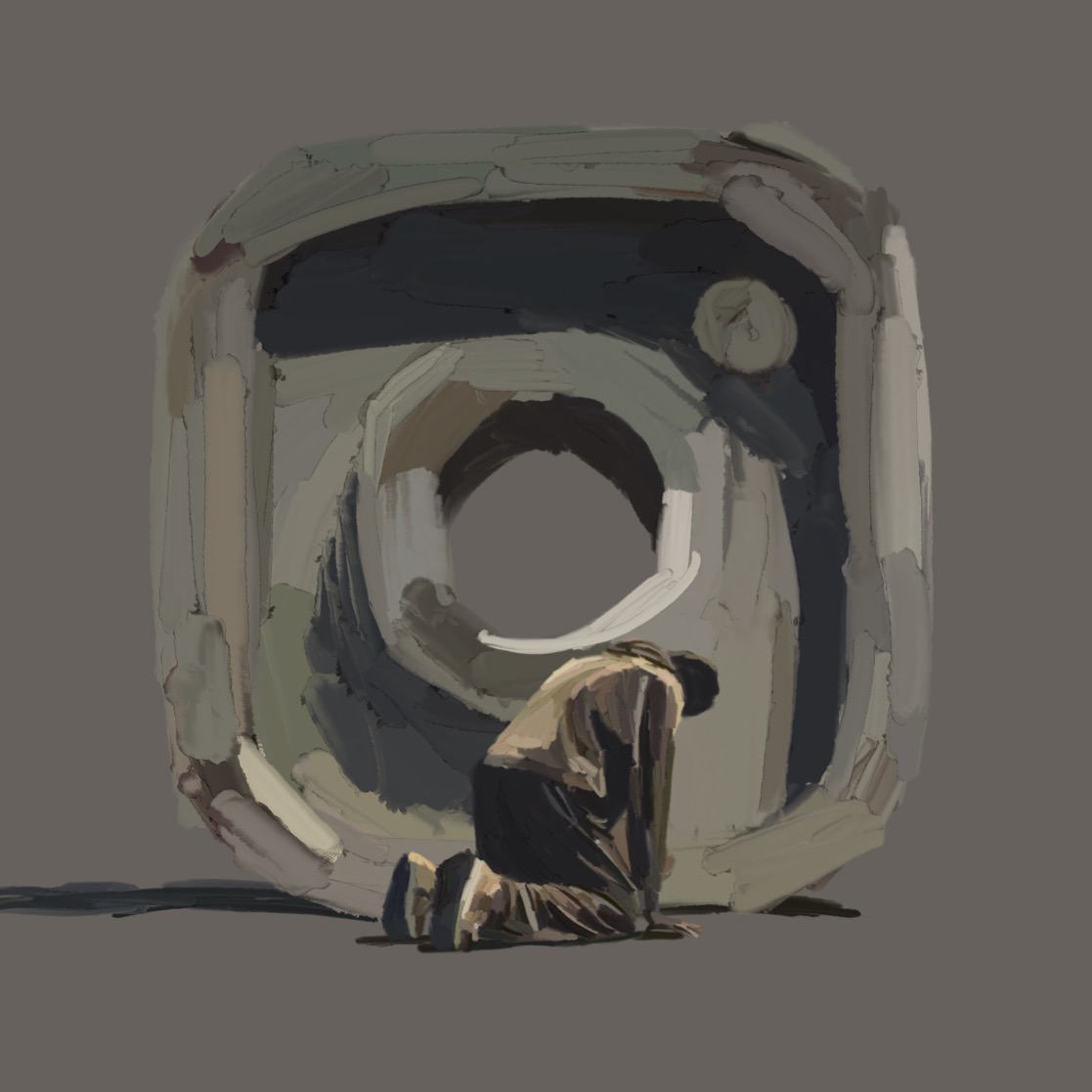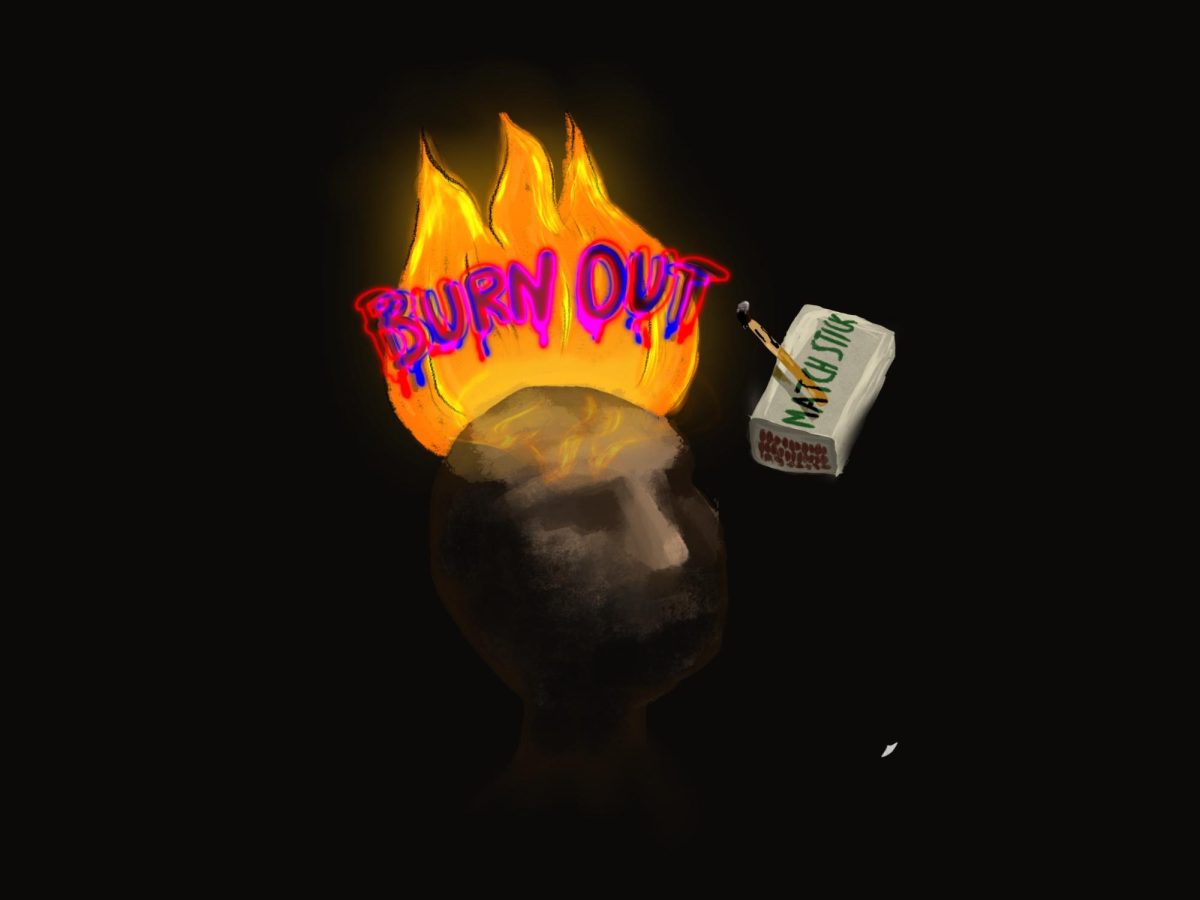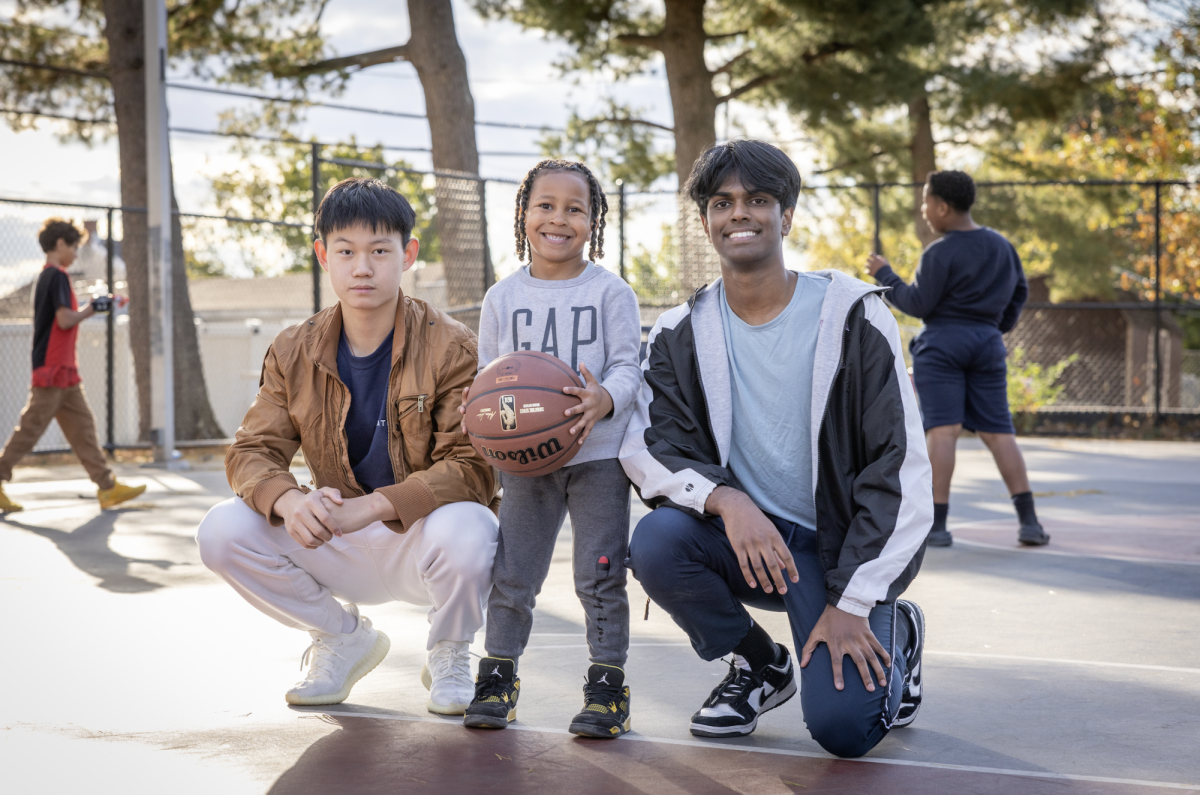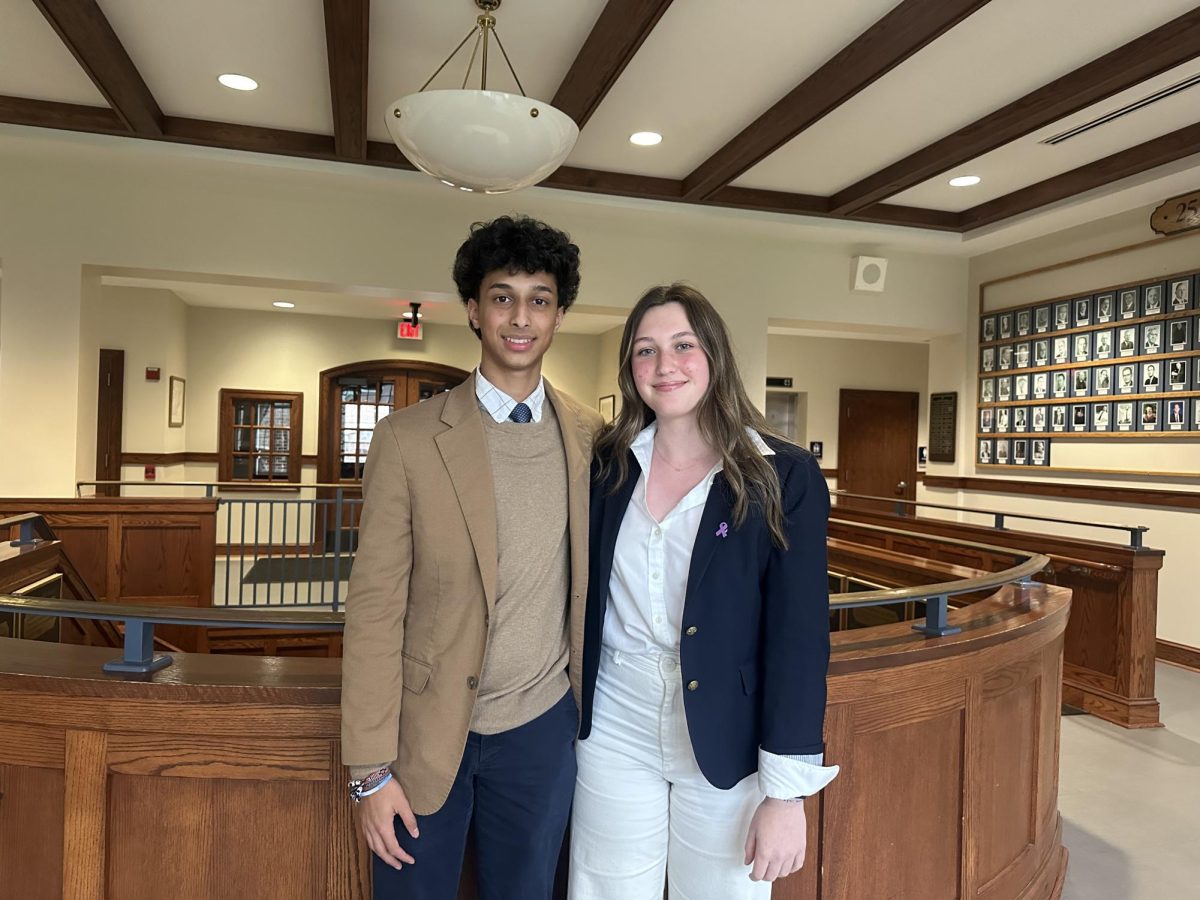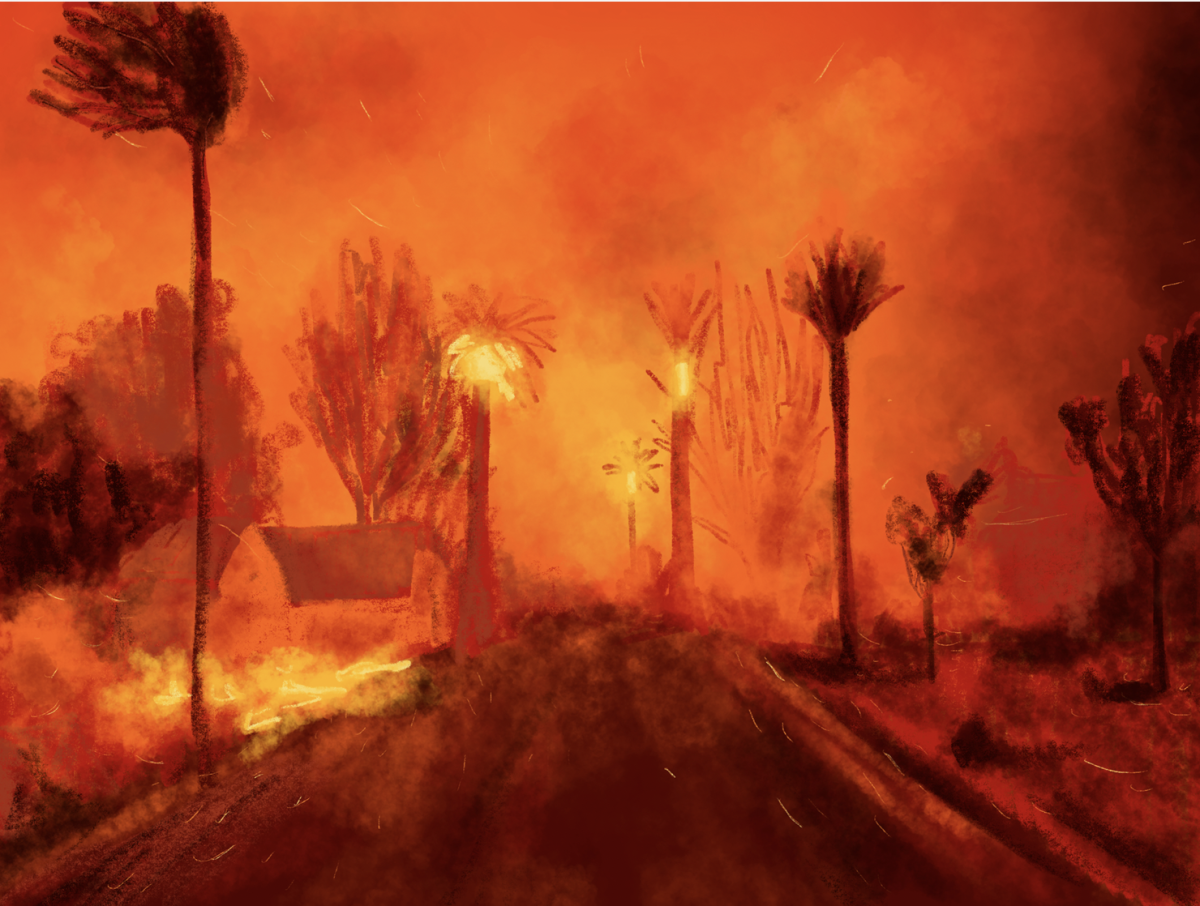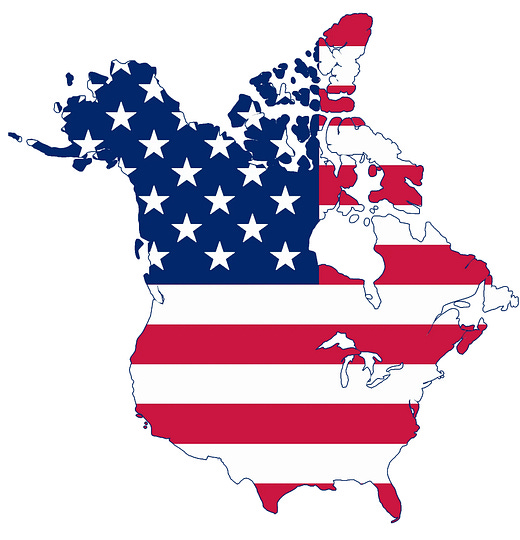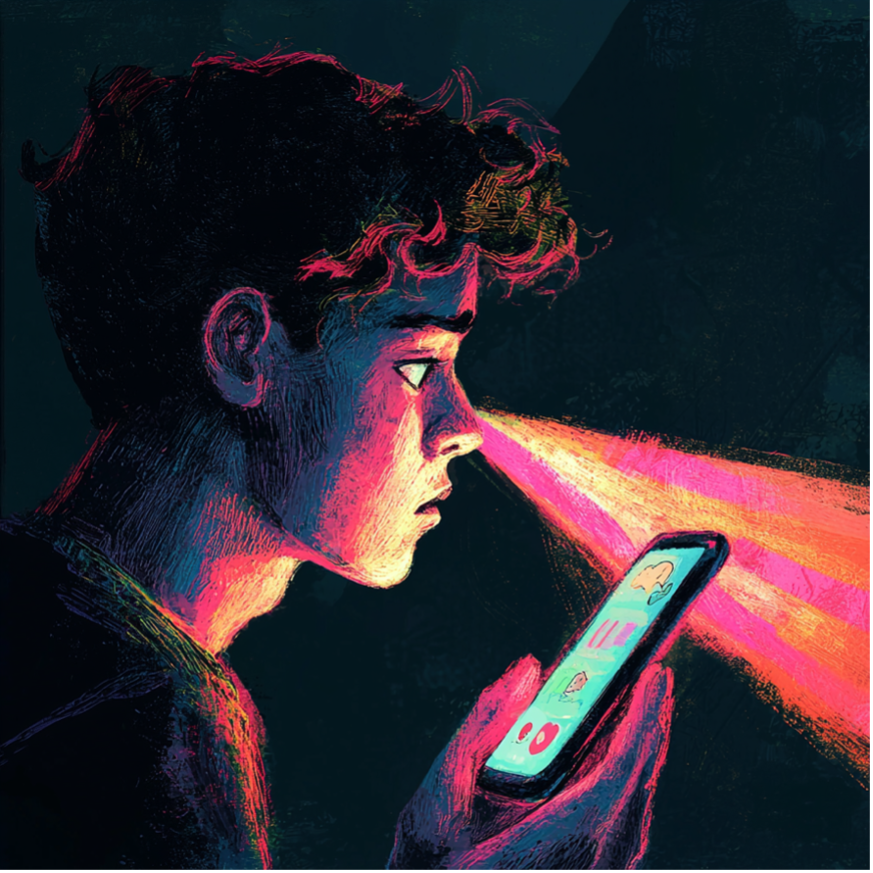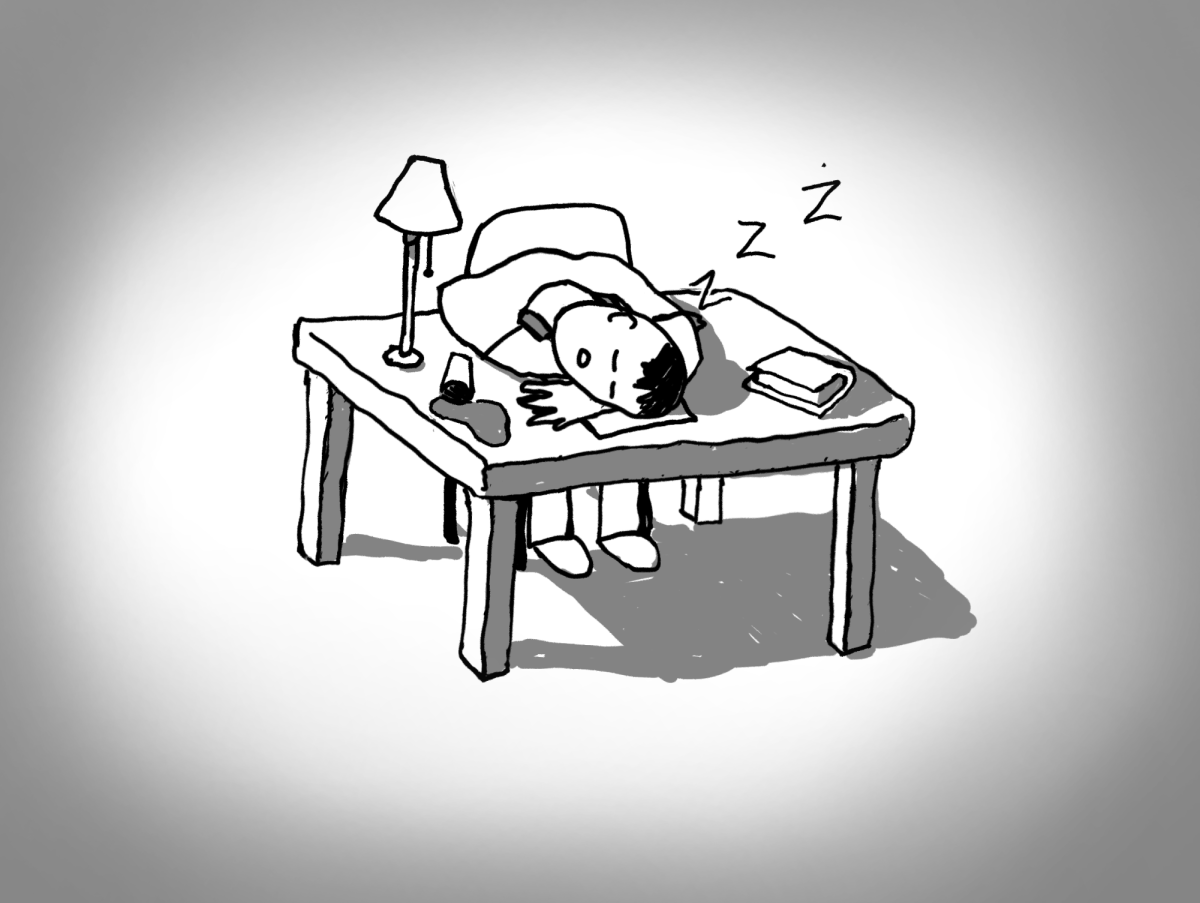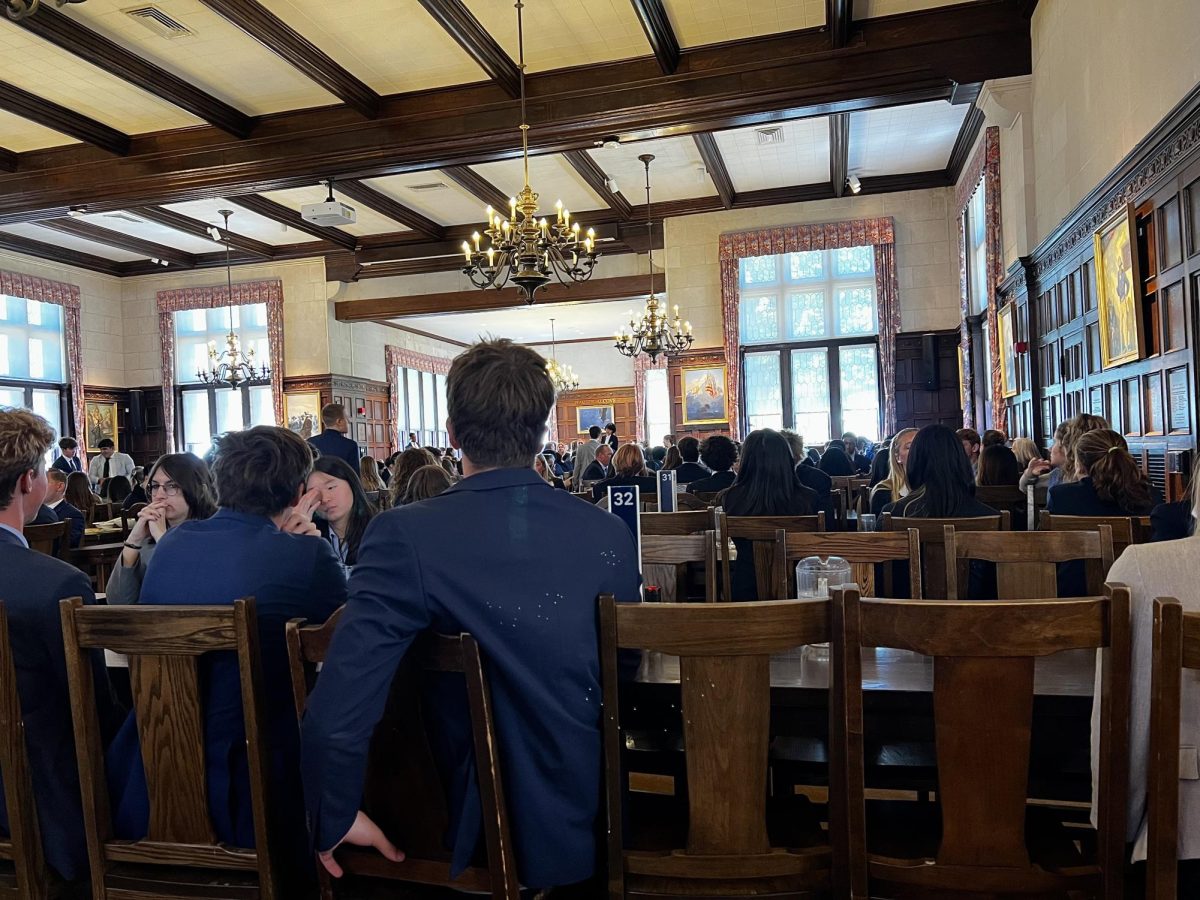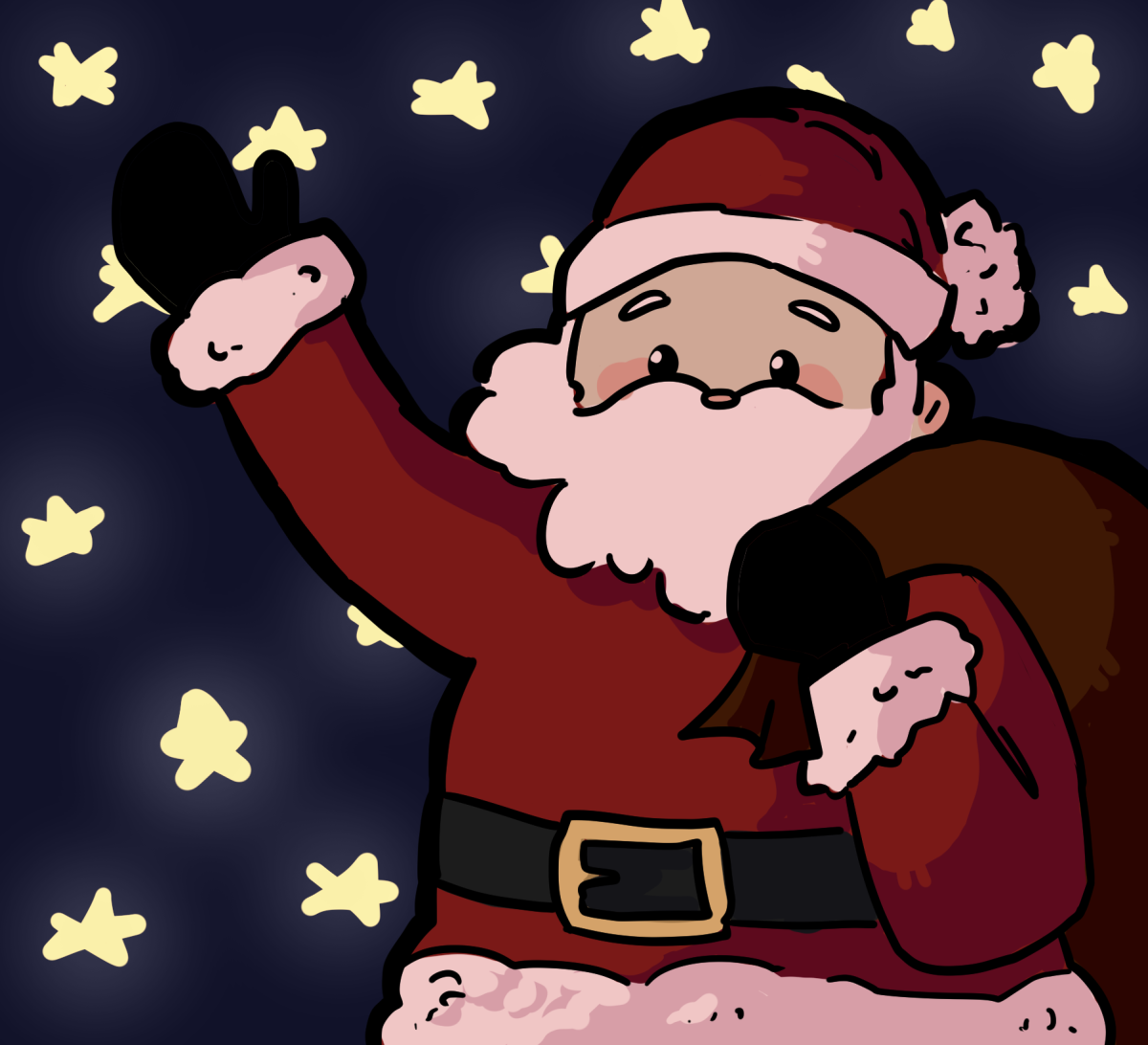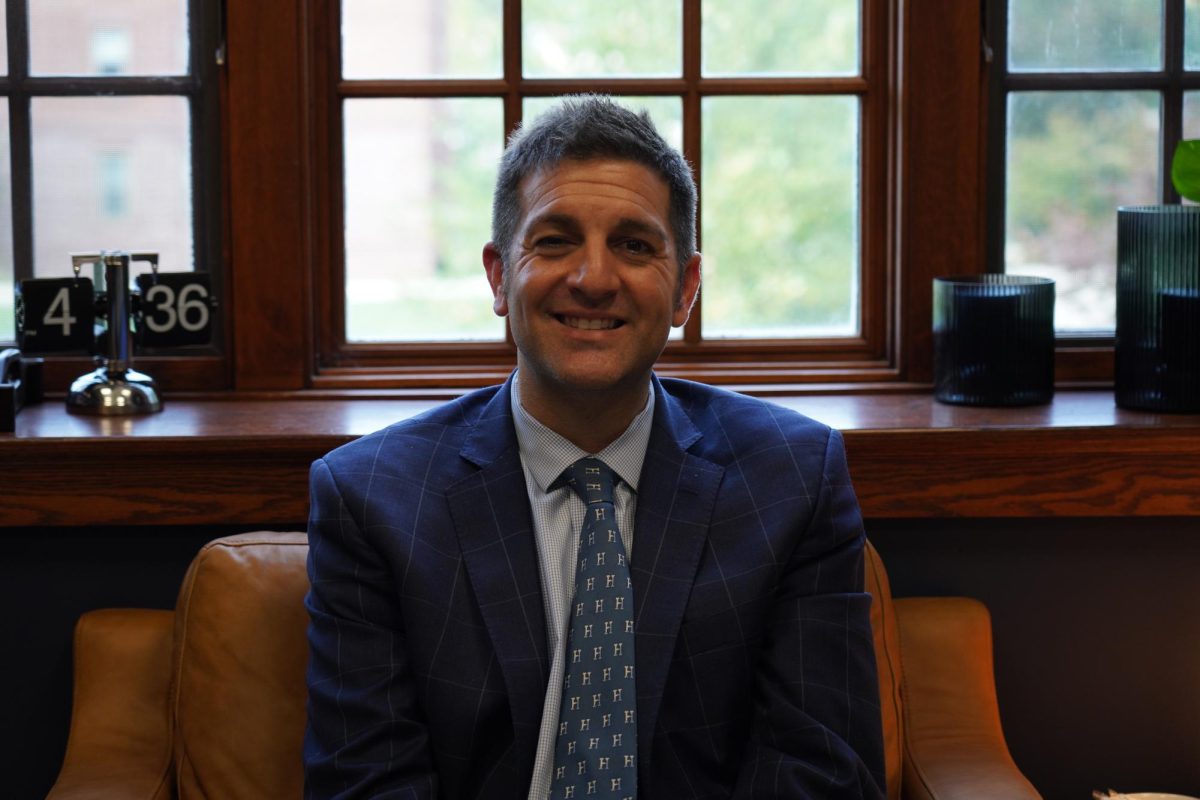I grew up in New York City surrounded by diversity, whether it was racial diversity, sexual diversity, or simply diversity in the way people thought. I never once thought that I would be the only person like me in the room; however, as I grew up, I realized that while New York City is diverse, the direct environments I found myself in were not. In a class of 40 students during my eighth-grade year, there were only five black students: Ethan, Onaje, Jacob, Briana, and myself. However, if Ethan was the one counting, there were four-and-a-half black kids: three boys including himself, and one-and-a-half girls. Ethan and many of my counterparts did not see me as a whole black person; my dad is white and my mom is black, making me biracial. So, if you look at the numbers, in a class of 40 students, there was only one of me. I made up 2.5% of my eighth-grade class. I remember one day when we were out at the park playing kickball. Ethan whispered something to Briana and made it a point to let me know that he could not trust me because I had white blood. I tried to convince him that the “one-drop rule” applied to this situation, but he would not budge.
Flash forward to today, and the sixth form (that I am a part of) currently has 151 students: 15 black students: five girls, 10 boys. And if we let Ethan count, 14 ½ black students; four-and-a-half girls and ten boys. I make up just .662% percent of my form’s population. I’m in no way saying that we are not all individuals. However, in being biracial there’s never a day I see someone who looks like me at Hill. When I was a third former and even a fourth former, I questioned whether I belonged at Hill because I felt that there was not a place for me. When I hung out with my predominantly white friends, there was always this looming feeling that I was too black to be friends with them. Yet, when I hung out with my predominantly black friends, I always felt too white. No matter what group of people I found myself with, I was always tiptoeing, never getting too involved because I felt out of place.
Though I made up a very small portion of my grade at my old school, there was never a moment I felt out of place. I never felt out of place there because even when people like Ethan made negative comments regarding my biracial identity, there was an abundance of support from both faculty and students. The ways in which support for my old school’s black community was shown were monthly Students of Color meetings, maintaining a diverse staff, and our annual Black History Month celebration. Something I wish Hill would do better would be cultivating a community of intentional inclusivity that extends to all aspects of Hill’s culture similar to that of my old school: a community of allies.
When I came to Hill, I certainly felt an absence of cultural support in my life. This is because my old school filled that need and acted as a support system for me, letting me know that I was just as much a part of the black community as my fellow black students. It made me feel the other half of myself that never felt accounted for. I had to work through owning who I was while constantly being overpowered by a white majority. At times, my own whiteness seemed to be in opposition to my blackness. I questioned how these two totally different races within me could exist together.
As I reflect on my time at Hill, a question I’ve been pondering is: What could have been done to have made my younger self feel more accepted here?
I found the answer to this question was rooted in understanding the difference between LREI – my old school – and Hill. In both communities, people like me were limited. People that I could look up to and see something resembling me did not exist. But what made the difference was community. While Hill prides itself on being “The Family Boarding School,” many still lack the awareness to jump into a situation and put themselves in someone else’s shoes, a lesson taught through exposure and education.
The solution to people like me not feeling alone is not telling the admissions office to bring in more people like me, but to have the majority acknowledge that there are people in their community who are minorities, and for Hill to integrate cultural competency into their programming and curriculum for faculty and students. This will cultivate a community of allies. As a minority, I can personally say that if I had encountered more allies at Hill, I would have known I belonged here earlier.

